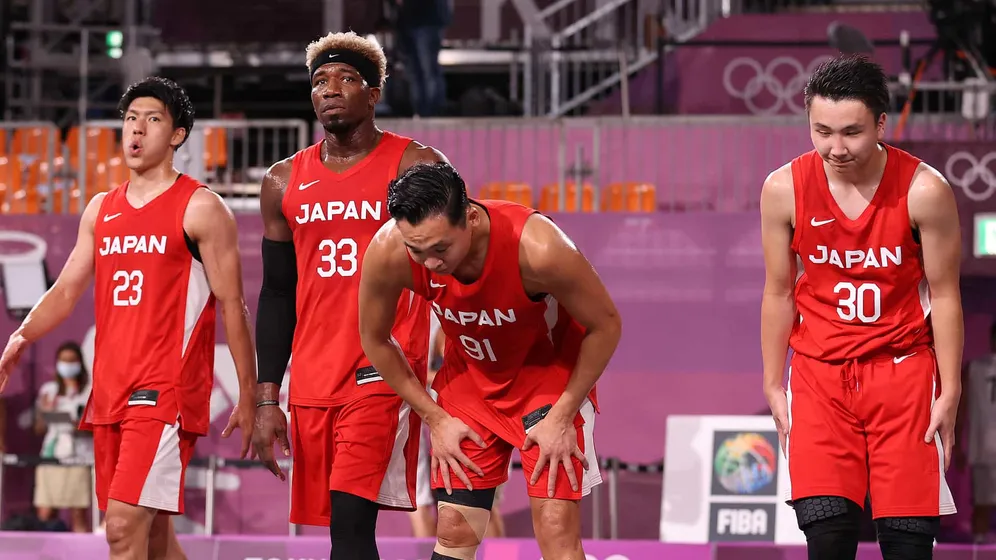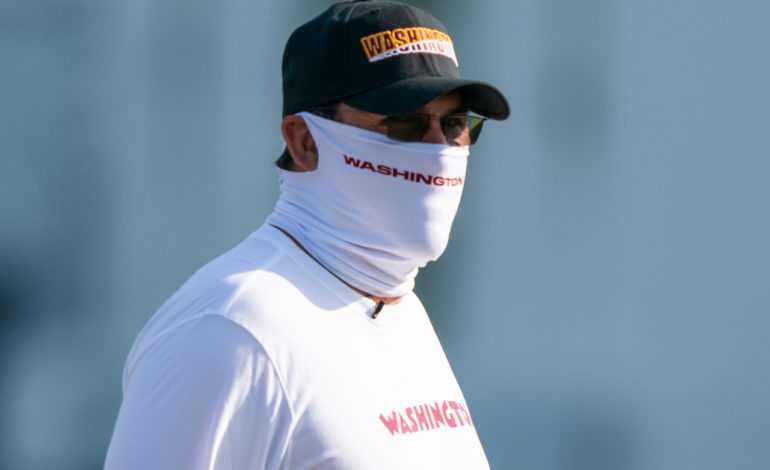Amongst a handful of new sports in the 2021 Tokyo Olympics, one familiar one stepped in with them. In addition to the traditional men and women’s five on five basketball, the Olympic Committee added three on three basketball. “3×3” (pronounced “three-ex-three”) is a new, halfcourt game that combines size, speed, and athleticism in a new and familiar way.
Unlike other new Olympic sports (skateboarding, surfing, karate, and climbing), 3×3 is a team sport. Moreover, it’s a team sport that already has Olympic fans built-in. Olympic basketball continues to grow internationally, as seen in the increasingly competitive Olympic and FIBA tournaments.
3×3 is a game basketball fans are familiar with because, much like shooting hoops, it’s accessible. Whether at your local gym or a nearby park, basketball fans have always played games of 3×3. It’s a simple version of basketball that basketball fans can understand. But how’d it go at the Olympics?
What Went Right

3×3 is a very fast-paced and offensive game. As soon as one team scores, the other takes the basketball from the net and is on the attack. The new offensive team does have to take the ball beyond the three-point line before they can score, but it creates an automatic “full-court press” situation. Once your teammate has scored, if you don’t sprint to get in front of the player that was just defending you, they have a sprint to the basket. The quick transition from offense to defense creates an entertaining game because there is no downtime in the backcourt. Bringing the ball up dictates the pace of the game. A team can walk it up and slow the game down in a way they can’t when under consonant pressure. Further, the shot clock is faster. The games are quicker. Everything about 3×3 is based on constant motion.
The other thing the game has done, inadvertently, is brought back the importance of the big. The 3×3 game places a value on post play in a way that 5×5 does not. While all basketball has valued length, 3×3 and low post offense have a strong relationship because the floor has so much space. Where a 5×5 game will clog up a lane with one or two low post players, on any given possession more than half the floor is open in 3×3. Without backside help, post-defenders can’t play a full-front denial. Thus the post player is not clogging the lane and is an easier player to pass to. This was seen in the women’s tournament with the dominance of Stefanie Dolson.
Both the NBA and the WNBA have seen a resurgence in the “big,” but bigs in the modern game are spread out and operate differently than they did just 10 years ago. With the differences in 3×3, the modern big now has a number of different ways to control the game.
From an American patriotic standpoint, watching the women compete was special. Point Guard Kelsey Plum orchestrated the offense “to-a-T.” She maximized the enormity of space beautifully and the defense could never be right. Jackie Young was a two-way force as a player continuing to grow-up before our eyes. The aforementioned Dolson was a force on the glass and at the block. Alisha Gray brought her southern toughness, and a great post medal family shout-out:
Y’all ?? @Graytness_15
— Just Women’s Sports (@justwsports) July 28, 2021
pic.twitter.com/NLXCgZ24dE
What Can be Fixed

While it is not against any rules, the Olympic scheduling committee needs to consider ways for this to be a second event for a basketball player. Much like Swimming and Diving or Track and Field, 3×3 should be a second competition for the same athletes to compete in. A sprinter can compete in a 100-meter dash, a 200-meter, and on a relay team in track. In swimming, a good swimmer can compete in multiple distances, strokes, and also on relays. But in basketball? Until this year, there was just one “event.” Now that there are two, theoretically the same athletes should be able to compete.
But the Olympic Committee and FIBA weren’t able to guarantee conflict-free schedules in qualifying or at the Olympic games– effectively excluding 5×5 players from competing in 3×3. On the men’s side, the American solution was to send a roster of former Division I basketball players playing 5×5 professionally overseas, ranging in ages from 27-31. Said roster didn’t qualify for Olympic competition after losing in the quarter-finals of the qualifying tournament last may. The American women’s solution was to send four WNBA players, separate from the slew of WNBA All-Stars on the 5×5 roster. That strategy won the Gold medal.
But what if the teams didn’t have to decide?

Since Jerry Colangelo reconfigured the organization, Team USA picks their team from a large pool of players that attend summer workouts. The workouts are by invitation and serve simultaneously as both unofficial tryouts and teambuilding. The large group of players trying out for Team USA each summer means those players can’t try out for the 3×3 team, because making one means you won’t be able to compete with the other. The women still sent high-level professionals, but both teams would benefit from a crossover camp. It would serve as a way to pick from a larger talent pool
This wouldn’t just help Team USA. Poland, Latvia, China, Serbia, the Russian Olympic Committee, Serbia, Netherlands, Belgium, and Japan qualified on the men’s side. But countries rich with NBA talent (like Australia, France, and Nigeria) were forced to make choices. Their top-tier players went to play 5×5. But if they could play both? Who’s to say the nations represented wouldn’t be dramatically different? How many of the 10 players with NBA experience from Nigeria would have opted to also play 3×3? Would the host country Japan be able to play Rui Hachimura in both events?
It would also add another level to Olympic basketball. Currently, Carmelo Anthony leads all men’s Olympic basketball players in total medals (3 Gold, 1 Bronze). That feat took him four Olympics to achieve, spanning a career of 14 years with USA Basketball. But what if he could have doubled up? Would “Olympic Melo” have eight medals? Teresa Edwards has the most American basketball medals at five (4 Gold, 1 Bronze). She played in five Summer Olympics over a 16-year span. But if she could have doubled up, would she have 10? Only 23 athletes ever have more than 10 medals. Hitting double-digits would have put Edwards in rarefied air without changing much about her career.
For reference, Michael Phelps was able to compete in eight different swimming competitions for medals in a single Olympics four different times (he won a record 28 medals across them). Jesse Owens and Carl Lewis each won four medals as track stars in a single Olympics.
This is not a sob story for Anthony, Edwards, or any other Olympic basketball player. They, like so many other Olympic basketball players, have wonderful and decorated careers. But with the Olympics adding a second basketball event, the same opportunity needs to be offered. Much like a swimmer can qualify in multiple distances for the same stroke, or a sprinter can qualify for multiple races in the same Olympics, a basketball player should be able to qualify for multiple types of basketball in the same Olympics. This could only happen if the Olympic Committee commits to allowing scheduling flexibility, and not having 3×3 during 5×5 games.
For more on sports, sneakers, and fandom, follow me @painsworth512 for more. Give our podcast “F” In Sports a listen wherever you listen to podcasts! Be sure to check our NEW weekly basketball show, The Midweek Midrange, on YouTube, Twitter, and Instagram!






